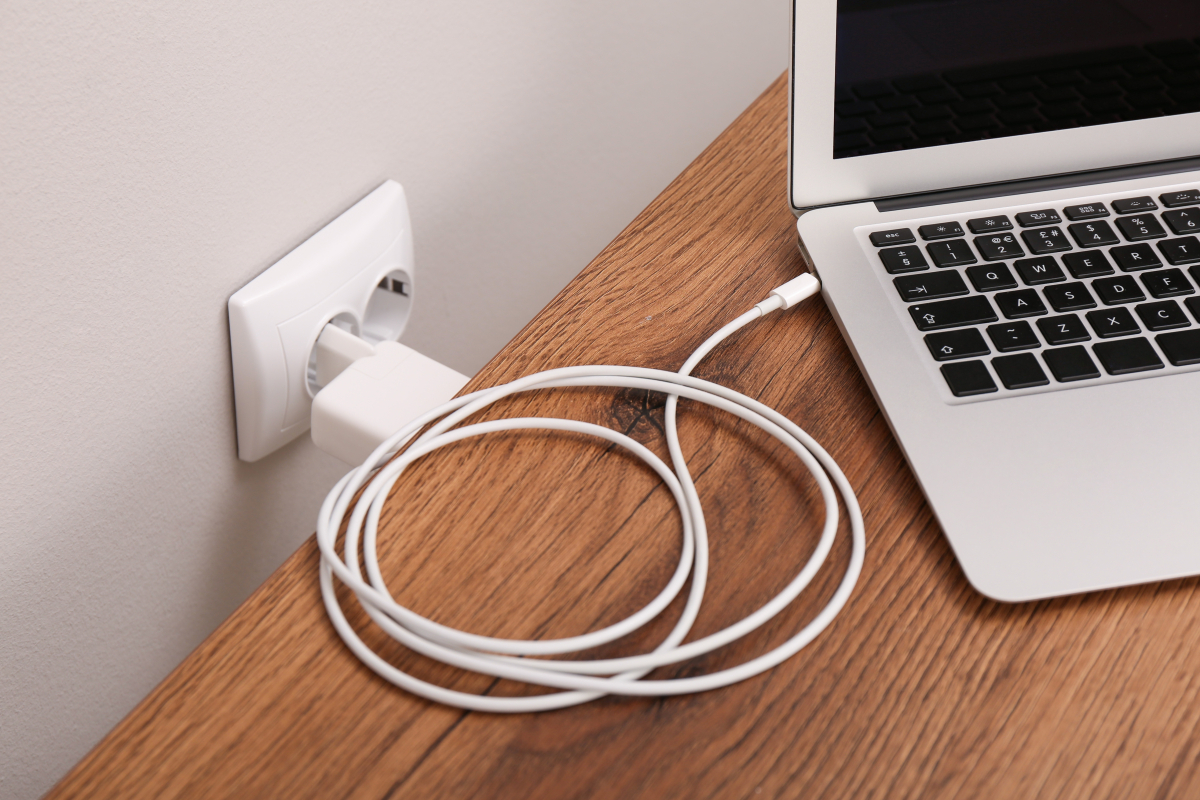Fully discharged or always connected? This is how you protect your laptop battery
“Living at the limit” – when it comes to charging laptop batteries, this can be translated into two extremes: on the one hand, the advice from the old days persists that you should let your device run as empty as possible before charging it again; on the other hand, some people tend to forget to unplug it after charging, and the laptop then hangs on the power supply longer than it should. But what are the effects of the two extremes, and how can smart charging affect battery life?
In most smartphones, tablets and laptops, lithium-ion batteries provide energy away from the socket. Proper handling of the batteries can ensure that they have the longest possible service life and that their charging capacity does not decrease too quickly. Temperature, storage and the way the device is charged all play a role.
First of all, fully discharging a device before charging it again can be considered a relic of the old days in most cases. When using nickel-cadmium and nickel-metal hydride batteries, this procedure actually made sense to counteract certain effects that would have limited the charging capacity.
The lithium-ion batteries that are now predominantly used can even be damaged if they are completely discharged – accordingly, most devices now switch off automatically before the battery capacity is completely exhausted.
A “complete use up” of the charge is therefore neither possible nor necessary with newer devices. A new power supply can make sense when the charge level is between 20 and 40 percent. Ideally, you should then let the device charge in one go instead of plugging it in and out again and again. The batteries also react sensitively to too much voltage.
If you use your laptop frequently and for hours, you don’t have to worry – most devices automatically end the charging process when the battery is full and then consume the current that is still flowing directly.
However, because a maximum charge of between 70 and 90 percent is ideal for the longest possible service life, there are now also small software helpers: Since macOS Catalina 10.15.5, Apple’s “battery status management” has adapted charging to the respective usage habits.
If the laptop is rarely in pure battery mode and is instead connected to the mains for a longer period of time, charging is stopped as soon as a certain threshold is reached – if you then need a completely full battery, you can set this individually. Similar software offers vary depending on the device manufacturer for laptops with the Windows operating system.
In addition to the settings for a sensible battery allocation, the status of the battery itself can also be checked on most devices – in Apple’s system information on the power supply, in Windows 10, for example, via Windows Powershell.
What is also good for your battery: avoiding extreme temperatures. For example, Apple recommends the ambient temperature for Macbooks 10 to 35 degrees. In fact, some devices now also have temperature sensors – if the battery is too cold or too hot, it will no longer be charged or at least will not be charged above a certain percentage.
However, overheating can also occur if, for example, the device’s fans cannot work properly, whether due to dust contamination or working on soft surfaces such as blankets or pillows that block the ventilation process. So it’s worth cleaning the fans with a bit of compressed air from time to time and using a smooth, durable surface for the laptop.
If you store your laptop for a long time without using it, you can save the battery by charging it to about 50 percent. If, for example, the device is stored while on vacation with a very low charge level anyway, the discharge can progress to such an extent that the battery is damaged and, in the worst case, can no longer be charged. On the other hand, storage with a fully charged battery can cause a loss of battery capacity, so the battery will not last as long as it should later on.
Overall, neither the lower nor the upper end of the battery charge bar is necessarily desirable – and a few small adjustments can ensure that the battery life decreases a little more slowly.



